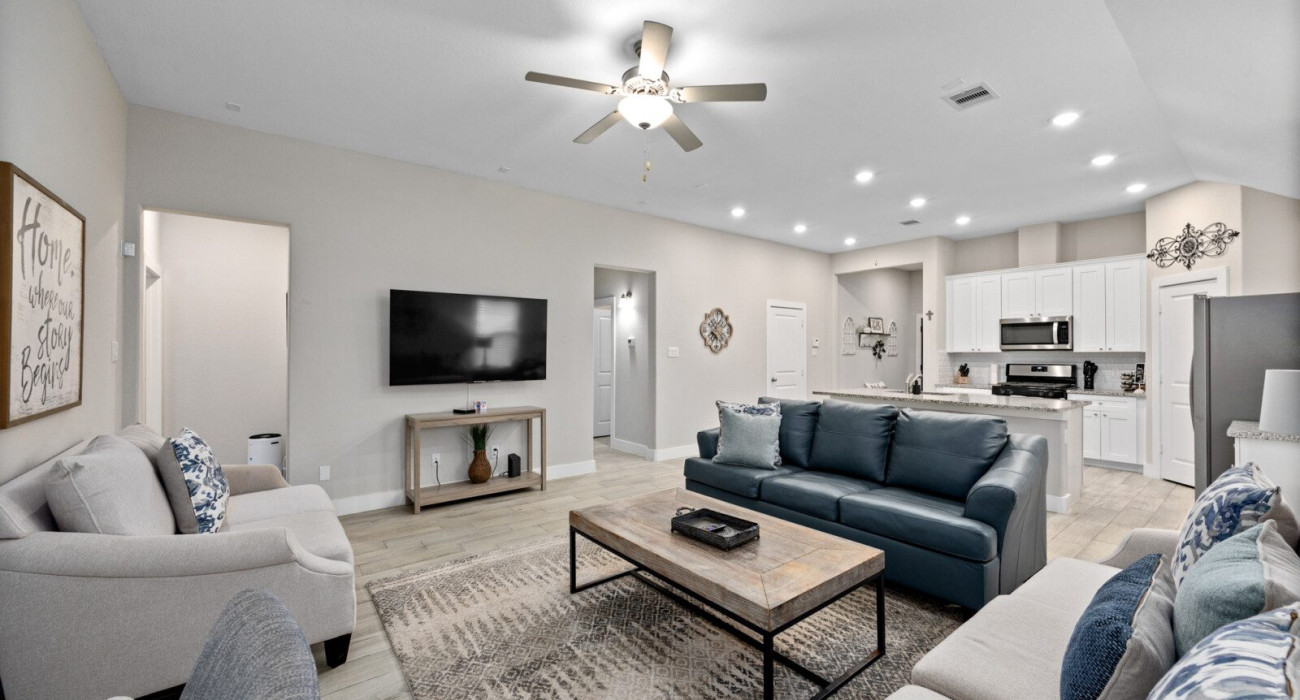In recent years, Neurodesign has emerged as a powerful framework combining neuroscience, psychology, and design principles to create spaces that enhance well-being. Vacation rentals are no longer just about location, luxury, or amenities—renters increasingly crave environments that nurture mental wellness. In this article, we explore how Neurodesign can elevate your vacation rental, improving guest satisfaction, lowering stress, and boosting your reputation.
What Is Neurodesign and Why It Matters
Neurodesign refers to a design philosophy that uses findings from neuroscience and psychology to inform choices in color, lighting, texture, layout, and sound. It’s about crafting spaces that respond to human needs at a cognitive and emotional level. Applied properly, Neurodesign can reduce anxiety, enhance focus, aid relaxation, and improve sleep quality—qualities travelers often seek.
A study by Cornell University found that elements like curved architecture, moderate lighting, and natural textures positively influence stress levels and mood. (source: Cornell Study on Architecture and Well-Being)[¹] Incorporating Neurodesign means leveraging such research to shape every aspect of a vacation rental.
Way 1: Color, Light, and Materials to Soothe the Mind
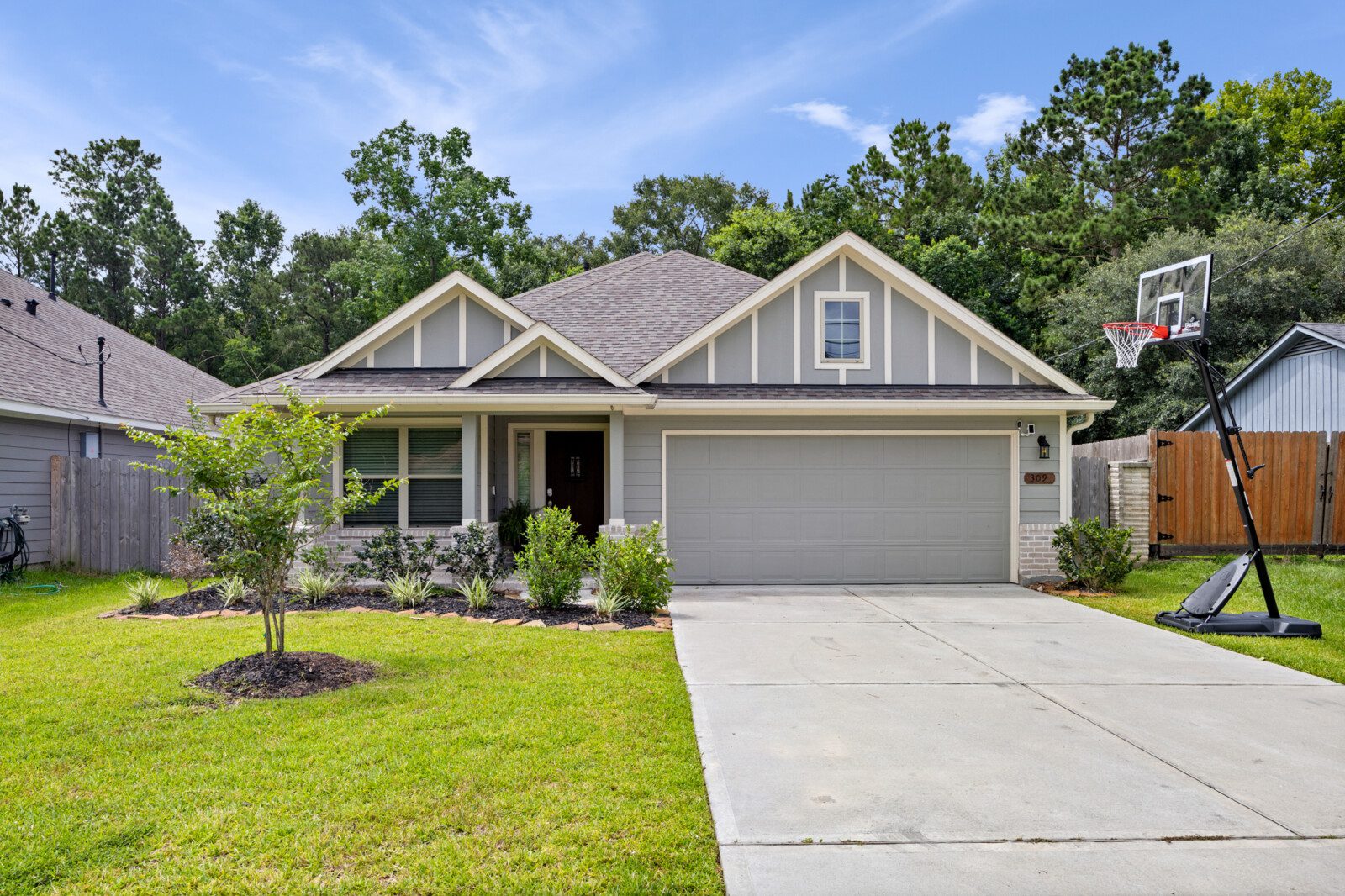
One of the most profound ways Neurodesign affects mental wellness is through color, lighting, and materials. Cool colors like soft greens and blues have been shown to lower heart rate and promote calm, while warm tones can energize or comfort depending on context. Natural materials—wood, stone, organic textiles—connect occupants to nature, which supports mental health.
For lighting, layered systems work best. Daylight brings in restorative effects, so large windows or skylights are beneficial. Artificial lighting should mimic natural light cycles—bright during the day and warm, dim during evening. These techniques of Neurodesign can improve guest mood and support circadian rhythm.
Way 2: Layout, Flow, and Spatial Psychology
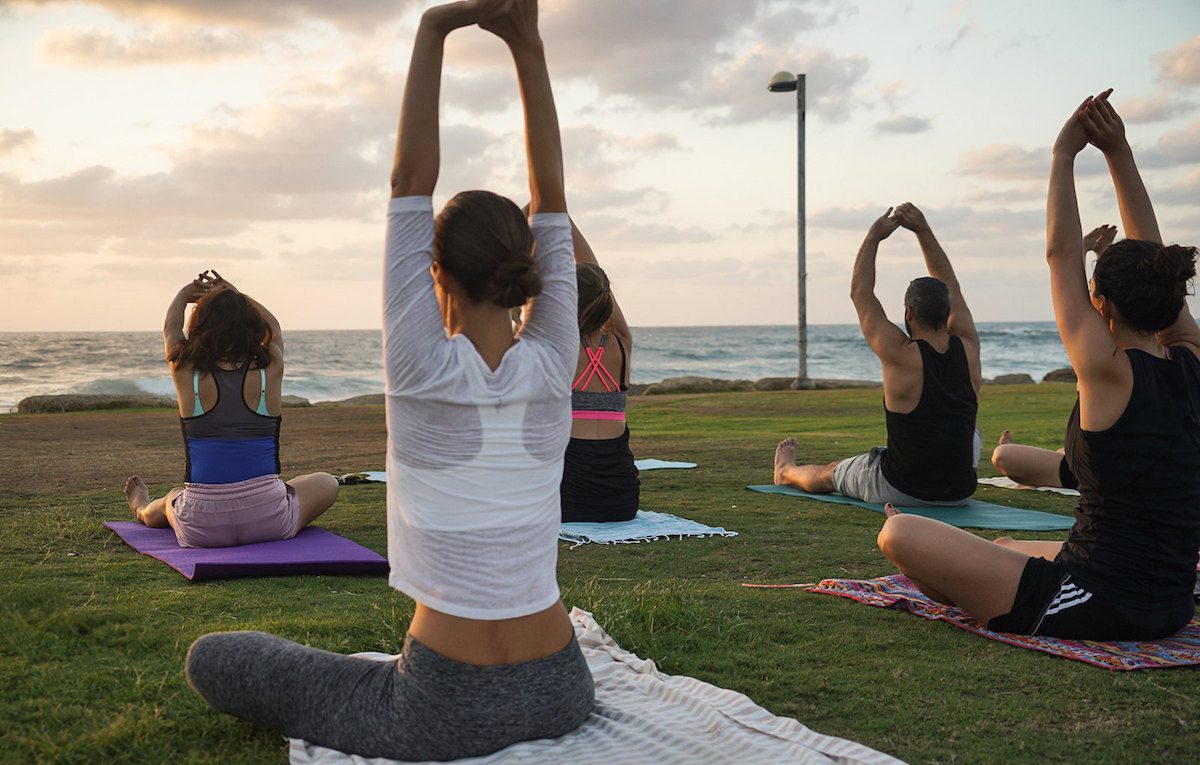
How a space is arranged has enormous impact on how people feel. Neurodesign emphasizes flow: moving through a vacation rental should feel intuitive, avoiding cluttered or cramped spaces. Open floor plans with clear pathways minimize cognitive load.
Zoning is important: separate areas for work, relaxation, and socializing. A serene reading nook or meditation corner gives guests a retreat. Furniture arranged to encourage connection—e.g. seating grouped around a focal point—supports conversation and reduces social awkwardness. Using spatial psychology, Neurodesign helps create rentals that feel both functional and emotionally comfortable.
Way 3: Integrating Nature and Biophilic Design
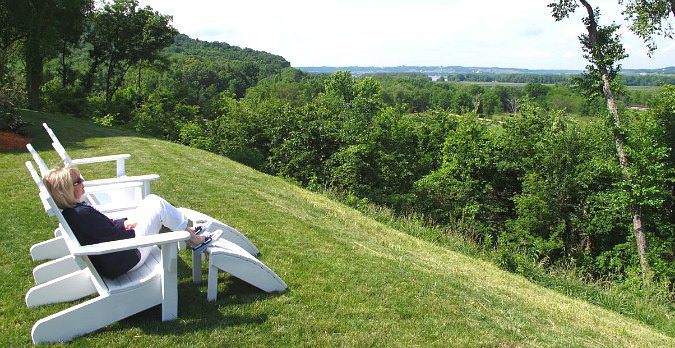
Biophilic design is a key element of Neurodesign: incorporating elements of nature supports mental wellness significantly. Plants, water features, views of greenery, natural textures—all create calming effects. Research published by the University of Virginia shows that visual exposure to greenery lowers stress hormone levels. (source: UVA Biophilia Research)[²]
Balconies with views, indoor plants, garden walkways—even natural stone walls—are powerful tools. Use large windows or glass doors to blur indoor-outdoor boundaries. Neurodesign harnesses the human affinity for nature to heal and restore.
Way 4: Sound, Scent, and Multi-Sensory Cues
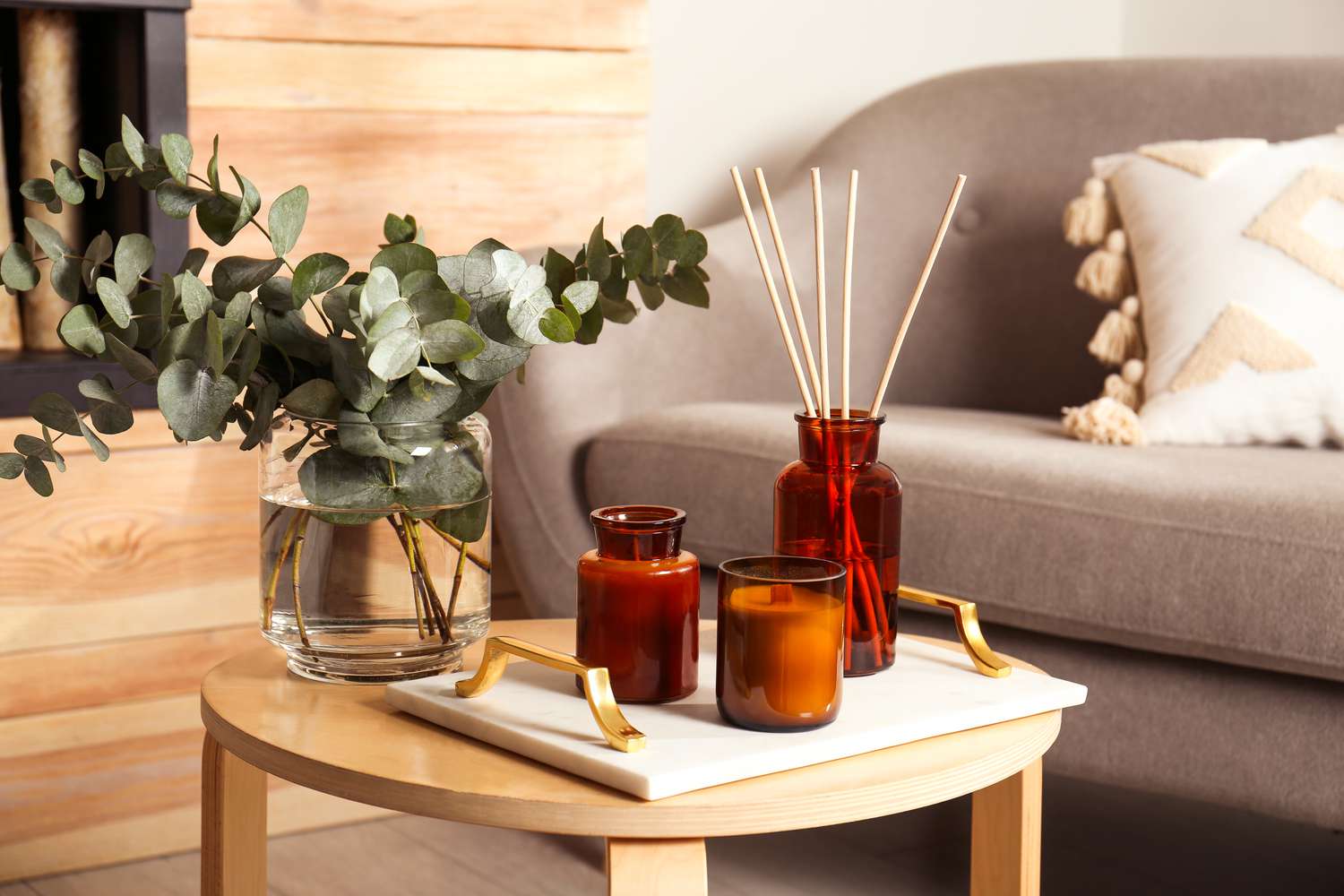
Design isn’t only visual. Neurodesign brings in the senses—sound, scent, even touch. Soundscapes matter: soft ambient sounds like rustling leaves or flowing water mask noise disturbances and calm the nervous system. Soundproofing minimizes disruptive external noise like traffic or neighbors.
Scent has strong ties to memory and emotion. Aromatherapy with lavender, cedarwood, or citrus can relax, uplift, or focus—depending on what you intend. Texture is also meaningful: soft rugs underfoot, natural wood surfaces that feel warm to touch, fabrics that invite tactile comfort. These multi-sensory cues under the Neurodesign model cultivate emotional safety and resilience.
Way 5: Technology, Wellness Amenities, and Personalized Experience
Incorporating technology skillfully is part of Neurodesign too. Smart lighting systems adjust brightness and color temperature throughout the day. Voice or app-controlled systems let guests adjust environment without stress. Sleep technology—good mattresses, blackout curtains, white noise machines—enhances rest.
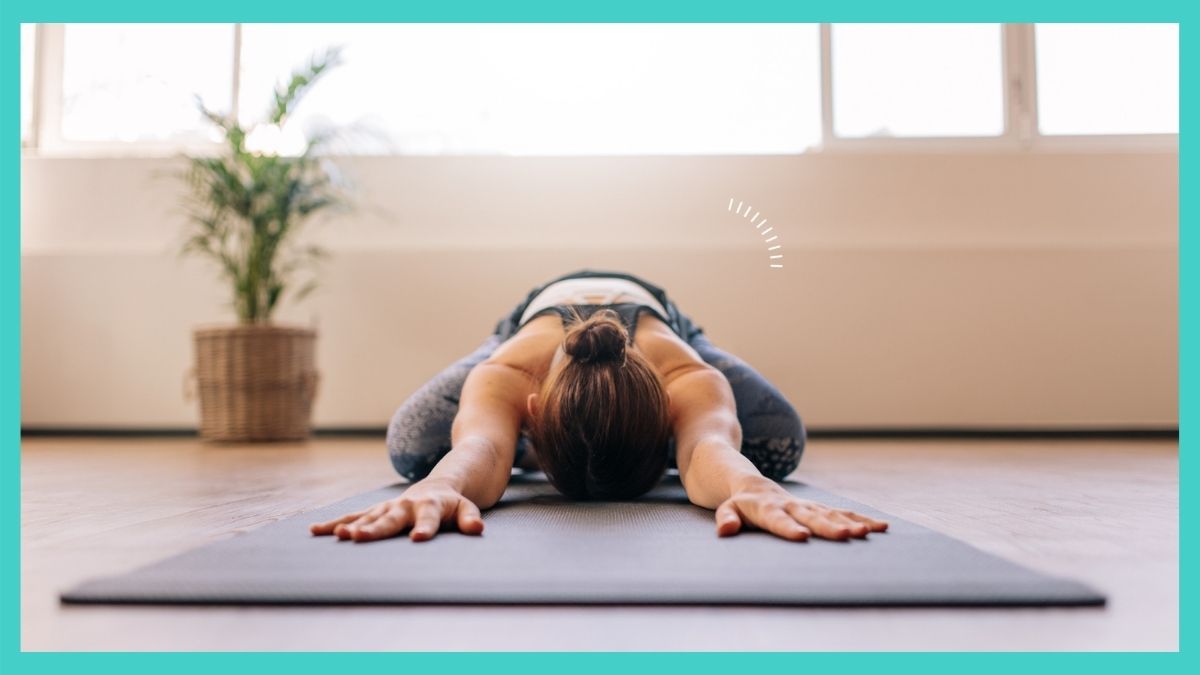
Amenities that support mental wellness are growing in demand. Meditation guides, yoga mats, wellness journals, or curated playlists. Even hosting guides with mindfulness tips or nature walk suggestions help guests feel cared for. Personalization matters: small touches guided by Neurodesign principles make a bigger impression—a favorite scent or supporting local artisans in décor adds meaning.
The Business Case: Why Vacation Rental Owners Should Care
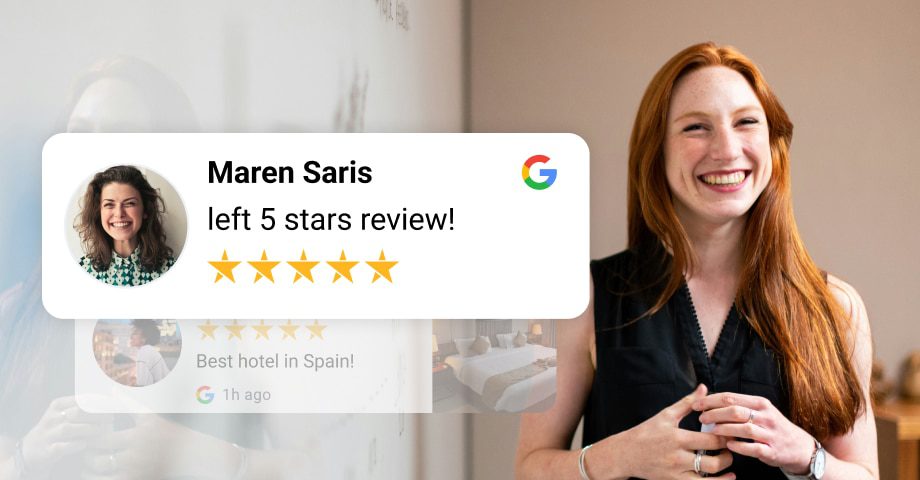
Implementing Neurodesign isn’t just about altruism. It correlates with stronger guest reviews, higher occupancy, and justified premium pricing. Travelers increasingly look for well-being focused stays; a growing segment of the market values mental wellness as much as luxury or convenience.
Platforms like Airbnb have featured “wellness stays,” showing that demand is real. According to a report by Skift, travel wellness market is growing by leaps each year—people want retreats that support both body and mind. By integrating Neurodesign, your vacation rental can stand out in a crowded market.
Challenges and Tips for Implementing Neurodesign
While Neurodesign is powerful, it comes with challenges. It may cost more upfront to use premium natural materials, invest in smart lighting, or include multisensory amenities. Balancing durability (especially with high turnover) with sensory appeal is key.
Here are practical tips:
-
Start small: repaint with calming colors, add houseplants, improve lighting before doing renovations.
-
Use durable, easy-to-clean natural materials to balance aesthetics and maintenance.
-
Get feedback from guests: what environment they liked, what disturbed them.
-
Work with local designers or wellness consultants who understand principles of Neurodesign and share your vision.
Case Studies: Vacation Rentals Doing Neurodesign Well
To illustrate how Neurodesign works in practice, here are a few examples:
-
A small villa in Bali introduced indoor water features, snake plants, and warm wood interiors; guests reported better sleep and “deep calm.”
-
A mountain lodge in Switzerland designed private reading corners with warm lights, plush chairs, and scent diffusers; rave reviews noted reduced stress and improved mood.
-
Coastal cottages in Australia used pastel colors, ocean views, and soundproofing: guests said the space “felt like home” and helped them decompress.
These aren’t just anecdotes—these are real applications of Neurodesign that show measurable improvements in guest satisfaction and wellness.
Resources for Learning More
If you want to dive deeper into Neurodesign and related wellness design principles:
-
Cornell University Department of Design studies: Well-Being by Design
-
International WELL Building Institute: certifications and guidelines for mental and physical health in buildings. IWBI WELL Building Standard
-
Biophilic design research at University of Virginia: Biophilia Center of UVA
-
Psychology of Color: Impact on Mood, Academic Journals.
Conclusion
The rise of Neurodesign marks a paradigm shift in how vacation rentals are created and experienced. No longer is beauty enough—today’s guests seek sanctuaries for mental wellness. By incorporating Neurodesign principles—thoughtfully using color, layout, nature, multisensory stimulation, and tech—you can elevate your vacation rental into a place of healing. In doing so, you not only provide guests an unforgettable stay, but also build a strong business rooted in trust, differentiation, and emotional impact.
If you’re a rental owner or host considering upgrades, think about how Neurodesign fits your values and budget. Small changes may yield big returns for mental wellness and guest delight. The upward rise of Neurodesign is not just a trend—it’s a new standard for hospitality.
